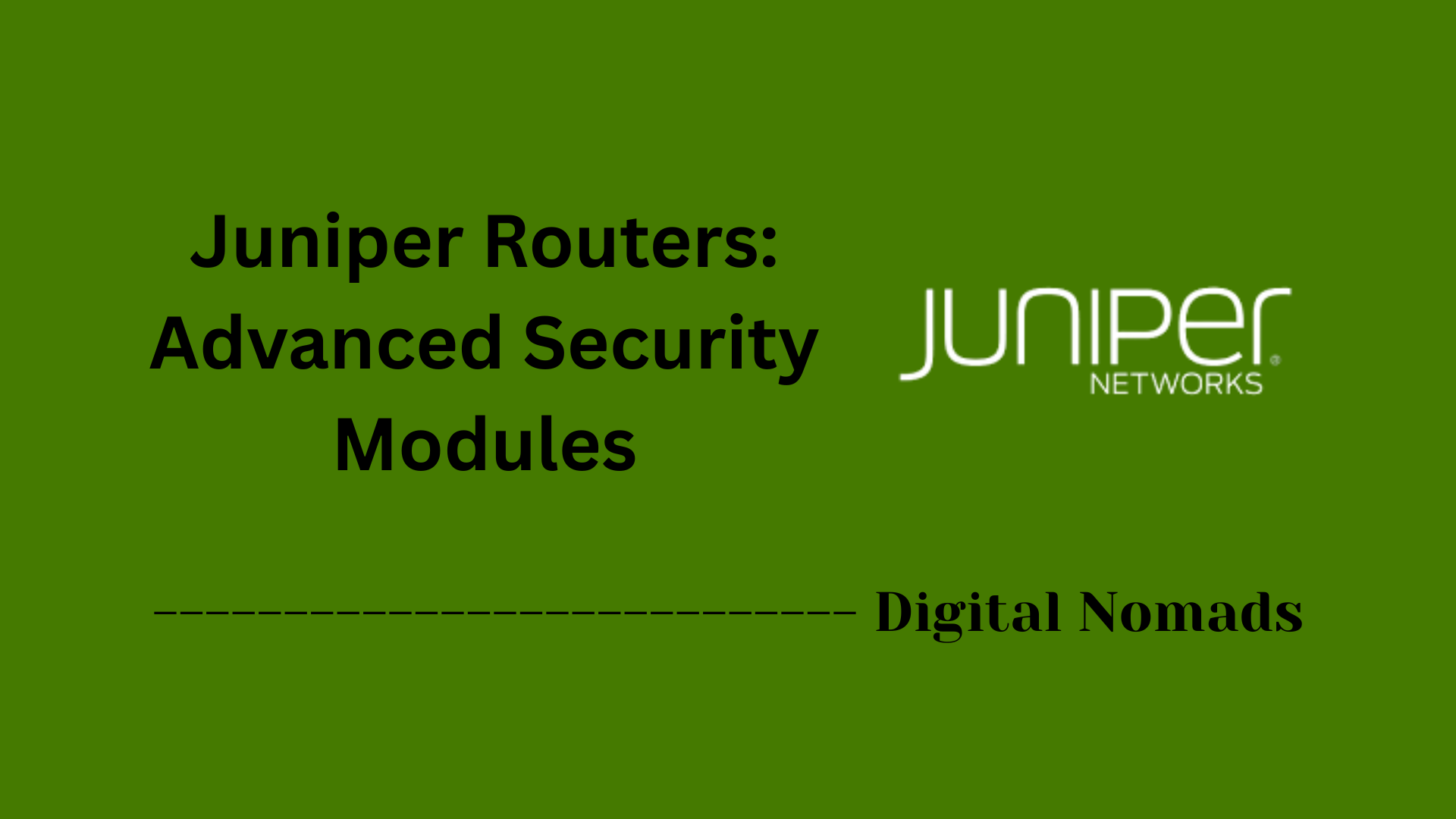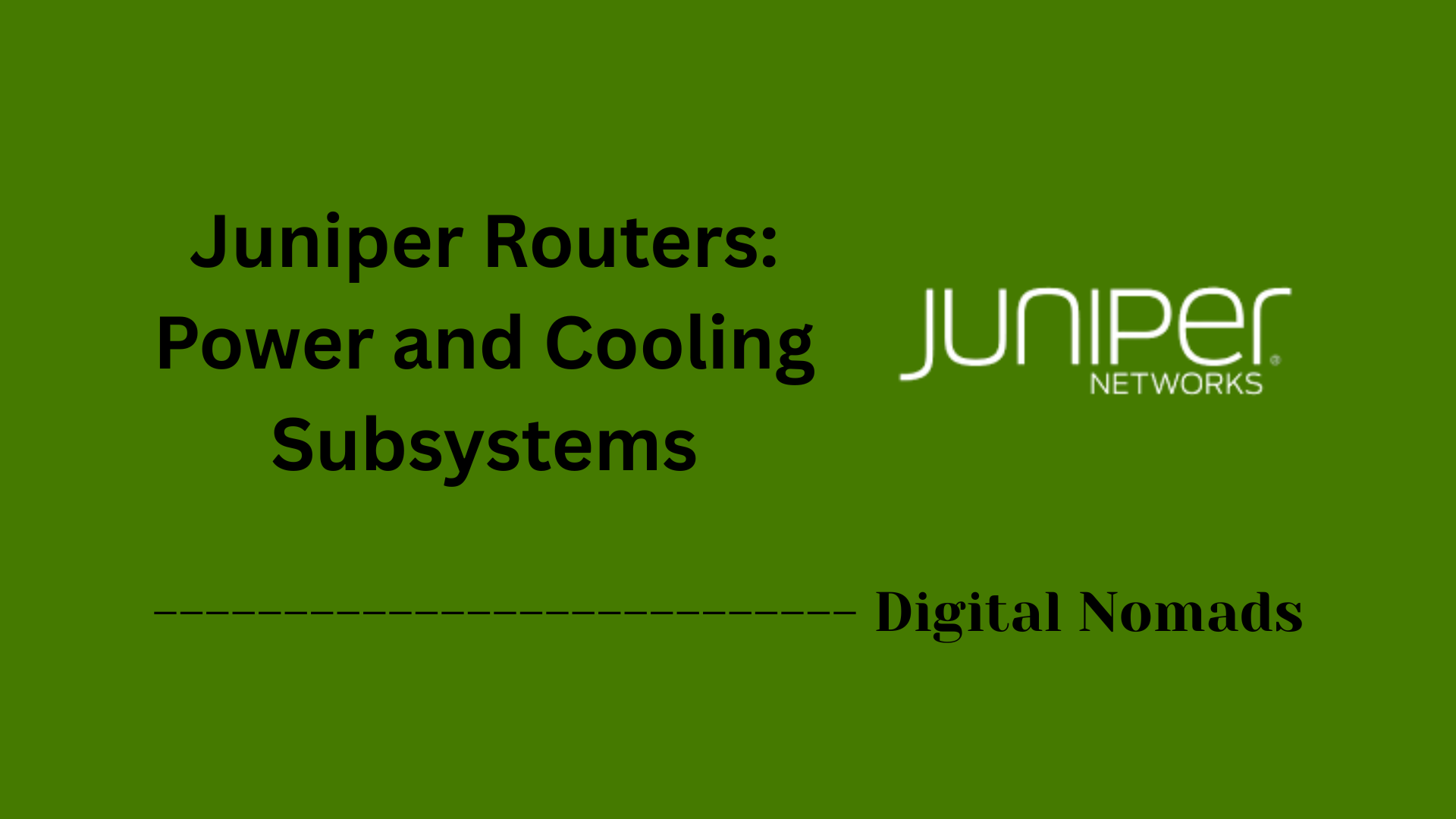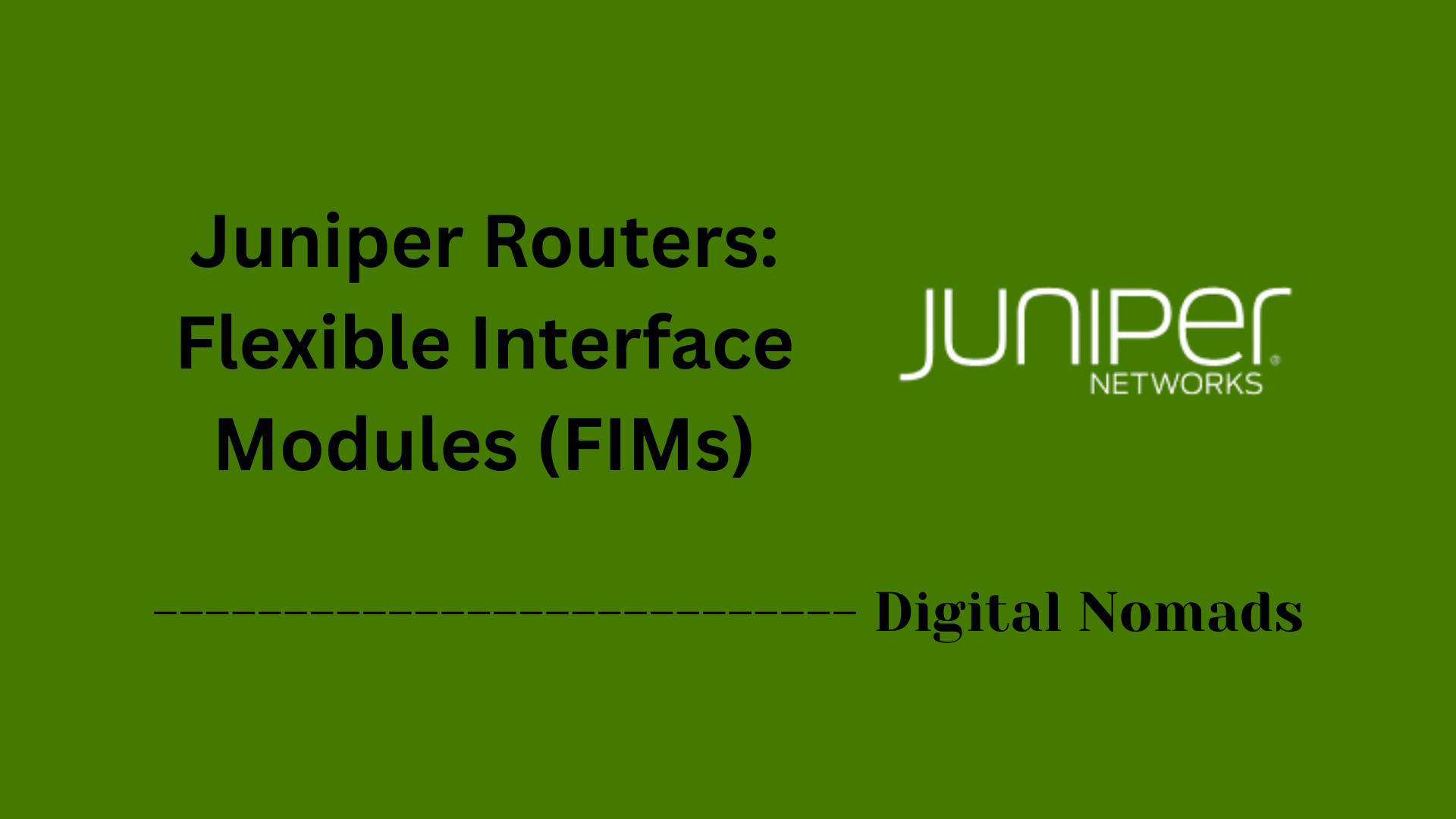Table of Contents
- Overview
- Core Components
- Prerequisites
- Configuration
- Validation
- Troubleshooting
- Conclusion
Overview: Juniper Switches Deep Dive
Juniper switches are advanced networking devices produced by Juniper Networks, designed to manage and route traffic within modern enterprise, data center, and cloud environments. With a reputation for high reliability and robust features, they form the backbone of mission-critical networks globally.
What Are Juniper Switches?
Juniper switches are hardware appliances that connect devices within a Local Area Network (LAN) or across several network segments. Commonly found in the EX and QFX series, these switches run the Junos operating system, which is known for stability, automation capabilities, and a unified management interface across all Juniper devices. They come in a range of form factors, from compact edge switches for small networks to high-density modular switches for data center cores.
Why You Need to Know About Juniper Switches
- Performance and Reliability: Juniper switches are engineered for high throughput, low latency, and consistent uptime, which are vital for business-critical applications and real-time services.
- Security: They offer advanced security features such as MACsec encryption, dynamic ARP inspection, and access controls to protect against evolving cyber threats.
- Scalability: With modular options and multi-speed ports (1GbE to 400GbE), networks can easily scale as needs grow.
- Automation and Simplified Management: Support for automation tools (Ansible, Python, Juniper’s automation frameworks) and telemetry allows for rapid provisioning and streamlined monitoring.
- Interoperability: Designed with open standards in mind, Juniper switches work with traditional and modern network architectures, including EVPN-VXLAN and software-defined networking (SDN).
How Juniper Switches Work
- Data Forwarding: Switches ingest network packets from devices and forward them to their intended destinations using advanced hardware (ASICs) and intelligent switching logic.
- Traffic Management: Technologies like Virtual Chassis, Multi-Chassis Link Aggregation (MC-LAG), and Quality of Service (QoS) optimize traffic flow for both redundancy and performance.
- Centralized Management: The consistent Junos OS interface allows administrators to configure, monitor, and troubleshoot from a local console or remotely via APIs and cloud platforms.
- Support for Modern Networking: Features such as telemetry streaming, SDN-readiness, and integrated automation ensure these switches are future-proof and ready for evolving IT requirements.
In short, Juniper switches empower organizations to build resilient, secure, and highly manageable networks, meeting the demands of both current operations and future growth.
Core Components of Juniper Switches
Juniper switches are composed of several critical components that work together to deliver reliable, high-performance networking capabilities:
- Junos Operating System (Junos OS): The foundational network operating system that runs on Juniper switches, providing a modular, secure, and automated platform for network operations and management.
- ASICs (Application-Specific Integrated Circuits): Custom-designed silicon chips that handle the data plane processing, enabling high-speed packet forwarding with low latency and advanced features like QoS and line-rate encryption.
- Switching Fabric: The internal hardware interconnect that efficiently moves data between ports on the switch, ensuring high throughput and scalability.
- Management Plane: Handles control and configuration tasks, supporting protocols like NETCONF, REST API, and SSH for remote management and automation.
- Control Plane: Runs routing protocols (such as OSPF, BGP, IS-IS), manages MAC address tables, and makes decisions about where traffic should be sent.
- Ports and Interfaces: Physical and logical network connections available on the switch, supporting various speeds and media types – from copper to fiber optics.
- Power Supplies and Cooling: Redundant power and cooling systems that ensure the switch can run continuously and reliably in demanding environments.
Prerequisites for Deploying Juniper Switches
Before starting a Juniper switch deployment, ensure you have met these essential prerequisites:
- Supported Hardware Model: Confirm your switch model is supported for your intended use and firmware version—for example, models from the Juniper EX or QFX series[6].
- Network Environment Readiness: Verify physical rack space, proper ventilation, power outlets, and network cabling are available at the installation site[2].
- Wired Assurance (Optional): If leveraging Juniper Mist’s Wired Assurance, secure an active subscription and credentials for the Mist portal[7][8].
- Firmware and Software: Make sure your switch is running a Junos OS version recommended by Juniper for feature compatibility (minimum versions apply, and upgrades may be necessary)[6][7].
-
IP Network Planning:
Prepare the following before initial configuration:
- Device hostnames and domain names
- IP addresses and prefix lengths for management and data VLANs
- Gateway and DNS server addresses
- Password for the root/admin account
- Physical and Console Access: Ensure you have local or remote console access to the device for initial setup. Most tasks start via the console port[9].
-
Cloud Management Connectivity (if applicable):
- The switch must have Internet access for Juniper Mist onboarding.
- Allow outbound access on TCP port 2200 to the management port if there is a firewall[4][7].
- Basic Networking Knowledge: Be comfortable with IPv4/IPv6 addressing, VLANs, routing basics, and have a working knowledge of Junos OS CLI syntax[3][9].
Configuration of Juniper Switches
Configuring Juniper switches involves several key steps to get your device up and running within your network environment. Below is a step-by-step guide to fundamental configuration tasks:
-
Access the Switch Console:
Connect to the switch using the console port via a serial cable and terminal emulator software (e.g., PuTTY, Tera Term) or SSH if network access is already available.
-
Enter Configuration Mode:
Log in with the default or configured credentials, then enter configuration mode with the command:
configure -
Set the Hostname:
Assign a unique hostname for easier identification:
set system host-name your-hostname -
Configure Management Interface:
Set the IP address, subnet mask, and default gateway for management access:
set interfaces vlan unit 0 family inet address management-ip/prefix set routing-options static route 0.0.0.0/0 next-hop gateway-ip -
Set Root Password:
Change the root user password for security:
set system root-authentication plain-text-password(You will be prompted to enter the new password.)
-
Create VLANs:
Define VLAN IDs and assign names:
set vlans vlan-name vlan-id vlan-id -
Assign Interfaces to VLANs:
Bind physical interfaces to the VLANs, either as access or trunk ports:
set interfaces interface-name unit 0 family ethernet-switching port-mode access set interfaces interface-name unit 0 family ethernet-switching vlan members vlan-nameFor trunk ports:
set interfaces interface-name unit 0 family ethernet-switching port-mode trunk set interfaces interface-name unit 0 family ethernet-switching vlan members [ vlan1 vlan2 ] -
Enable Spanning Tree Protocol (STP):
Prevent loops within the Layer 2 network:
set protocols rstp interface all -
Commit the Configuration:
Apply all changes to the running configuration:
commit -
Save Configuration:
To preserve the configuration across reboots, it’s saved by default when committing. You can also review it with:
show configuration | display set -
Optional - Configure SNMP for Monitoring:
Set SNMP community string and trap targets:
set snmp community community-string authorization read-only set snmp trap-group trap-group-name targets ip-address -
Optional - Enable Automation and APIs:
Activate NETCONF, REST APIs, or scripting features for automation:
set system services netconf ssh set system services rest
Validation of Juniper Switch Configuration
After configuring your Juniper switch, validating the setup is crucial to ensure it operates as expected. Follow these step-by-step validation checks:
-
Verify Configuration Commit:
Ensure that the configuration changes have been successfully committed without errors:
show system commit -
Check Interface Status:
Confirm the physical and logical interfaces are up and running:
show interfaces terseLook for “up” status on desired interfaces and valid IP addresses assigned.
-
Validate VLAN Configuration:
Review VLAN assignments and memberships:
show vlans -
Confirm Spanning Tree Operation:
Check the status of Rapid Spanning Tree Protocol (RSTP) on interfaces:
show spanning-tree interface -
Test Management Connectivity:
Ping the management IP address from a remote system or try SSH login to ensure remote access is functional:
ping management-ipand
ssh root@management-ip -
Check Routing and Default Gateway:
Verify static routes and gateway configurations:
show route -
Validate SNMP Configuration (if enabled):
Test SNMP connectivity with an SNMP walk or query from your network monitoring tool:
snmpwalk -v2c -c community-string management-ip -
Review Logs for Errors:
Check system logs for any configuration or runtime errors:
show log messages | match error -
Optional - Validate Automation and API Access:
Test NETCONF or REST API connectivity and responses to confirm automation readiness:
ssh netconf@management-ipor use REST API clients like Postman to verify REST service.
Troubleshooting Juniper Switches
When issues arise with Juniper switches, a systematic troubleshooting approach helps quickly identify and resolve problems. Follow these steps:
-
Check Physical Connections:
Verify cables, SFPs, and power supplies are securely connected and functioning. Look for LED indicators on ports and the device to confirm hardware status.
-
Review Interface Status:
Run interface status commands to identify link issues or errors:
show interfaces terse show interfaces extensive | match error -
Inspect VLAN and Port Memberships:
Confirm interfaces are assigned to correct VLANs and operating modes (access/trunk):
show vlans show ethernet-switching interfaces -
Check Spanning Tree Protocol Status:
Look for blocked or err-disabled ports caused by STP to avoid loops:
show spanning-tree interface show spanning-tree interface detail -
Examine Routing Tables and Neighbor Relationships:
Verify routing protocols are operational and neighbors are established:
show route show ospf neighbor show bgp summary -
Review System Logs and Event Messages:
Look for error messages or warnings that can indicate root causes:
show log messages | match error show log messages | match warning -
Test Connectivity and Latency:
Use ping and traceroute to verify network paths:
ping destination-ip traceroute destination-ip -
Verify Configuration Consistency:
Check running configuration for unexpected changes or misconfigurations:
show configuration | display set | match interface-or-feature -
Restart Services or Reboot (As a Last Resort):
For persistent issues, restarting specific services or rebooting the switch may help (ensure you have backups and maintenance windows):
restart routing request system reboot -
Engage Juniper Support:
If problems persist, collect diagnostic information and contact Juniper support with logs and error details.
Conclusion: Juniper Switches Deep Dive
Throughout this deep dive into Juniper switches, we've explored the critical aspects that make these devices a backbone of modern network infrastructures. We began by understanding what Juniper switches are, their importance in delivering high-performance, scalable, and secure networking, and how they function in complex environments.
We then examined the core components — from the Junos OS and ASIC hardware to management and control planes — that work together to provide seamless data forwarding and robust network management. Recognizing the prerequisites helped establish a solid foundation for deployment, ensuring readiness in hardware, network planning, and management access.
The configuration section guided you step-by-step through the essential setup tasks, covering everything from initial access and hostname assignment to VLAN creation and enabling automation features. Validating those configurations gave you practical commands to verify the switch’s operation and connectivity. And when issues are inevitable, the troubleshooting section offered a systematic approach to diagnose and fix common problems efficiently.
By mastering these components and processes, network administrators and engineers can confidently deploy and manage Juniper switches to build resilient, scalable, and intelligent networks.
Thank you for joining this exploration of Juniper switches. Whether you’re a seasoned pro or just getting started, investing time to understand these powerful tools will undoubtedly enhance your network’s success. Happy networking!




